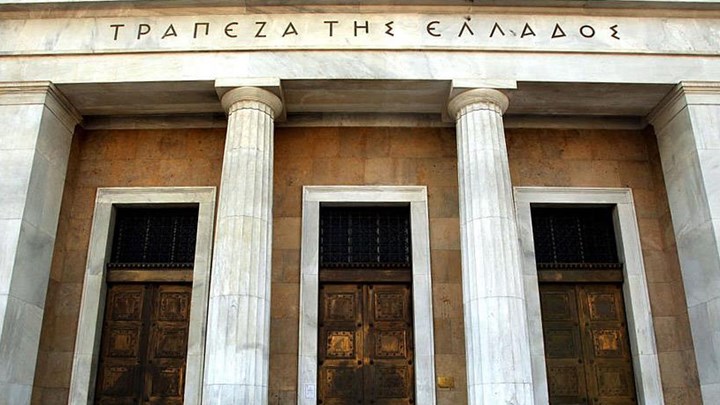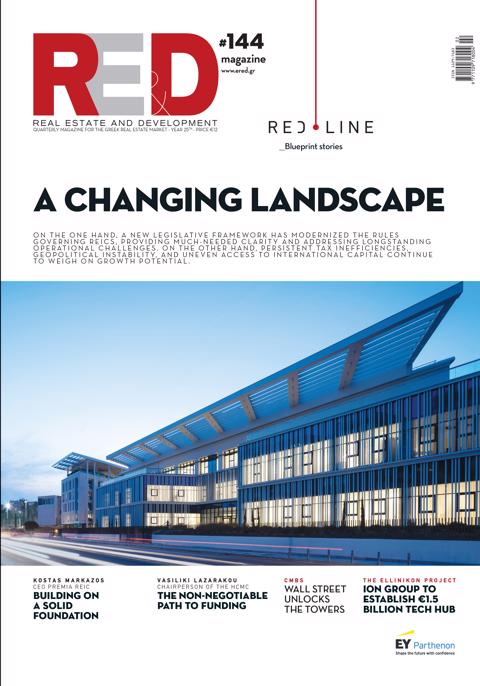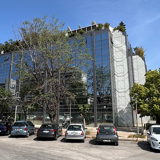Following its latest assessment, the Bank of Greece has concluded that no adjustment to the countercyclical capital buffer (CCyB) rate is warranted at this time. The rate for exposures in Greece will therefore remain at 0.25%, with an effective implementation date of October 1, 2025.
In line with its mandate, the Bank conducts quarterly evaluations of cyclical systemic risk conditions and the appropriateness of the applicable CCyB rate. This evaluation is based on multiple quantitative and qualitative inputs, including the credit-to-GDP gap, the buffer guide, and a suite of complementary risk indicators reflecting the degree of cyclical systemic risk accumulation in the financial system.
According to the methodology outlined in ESRB Recommendation ESRB/2014/1, the buffer guide remains at zero, as the standardised credit-to-GDP gap has remained negative since the third quarter of 2012. Based on the latest available data, the gap stood at -25.8 percentage points in Q4 2024.
In addition to the credit-to-GDP gap, the Bank of Greece considers a range of supplementary indicators, which provide a broader view of systemic vulnerabilities. These indicators encompass developments in private sector credit, household and corporate leverage, dynamics in residential and commercial real estate markets, external imbalances, banking sector resilience, and capital market conditions (see attached table: Indicators of Cyclical Systemic Risk).
While certain segments—such as corporate credit expansion, residential property valuations, and the current account deficit—exhibit early signs of cyclical risk accumulation, the overall assessment supports the view that credit growth remains contained and does not currently pose a threat to financial stability.
In conclusion, the Bank of Greece assesses that cyclical systemic risks remain moderate and the risk environment is broadly neutral. Consequently, no increase in the countercyclical capital buffer is deemed necessary at this juncture.















